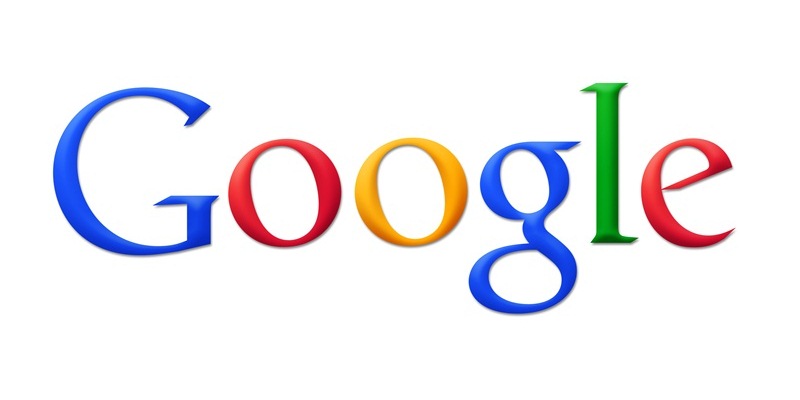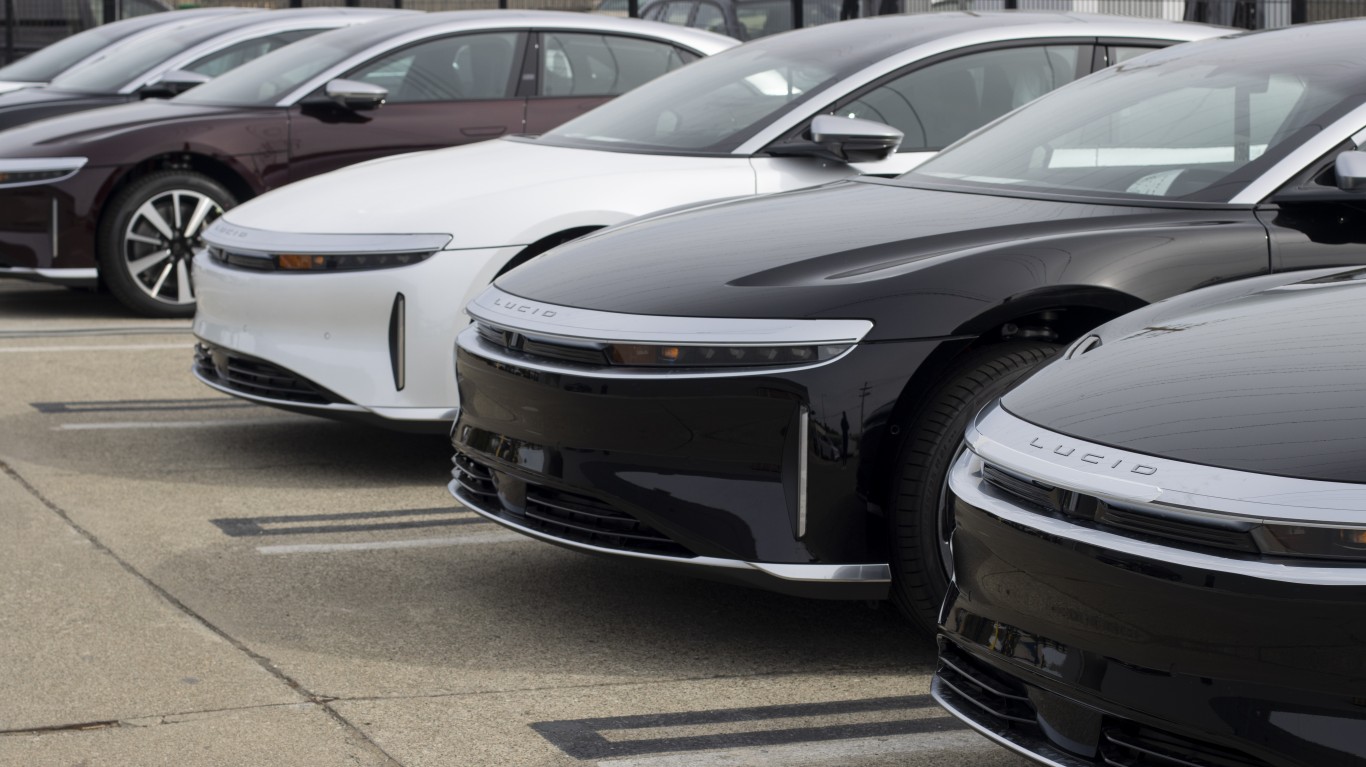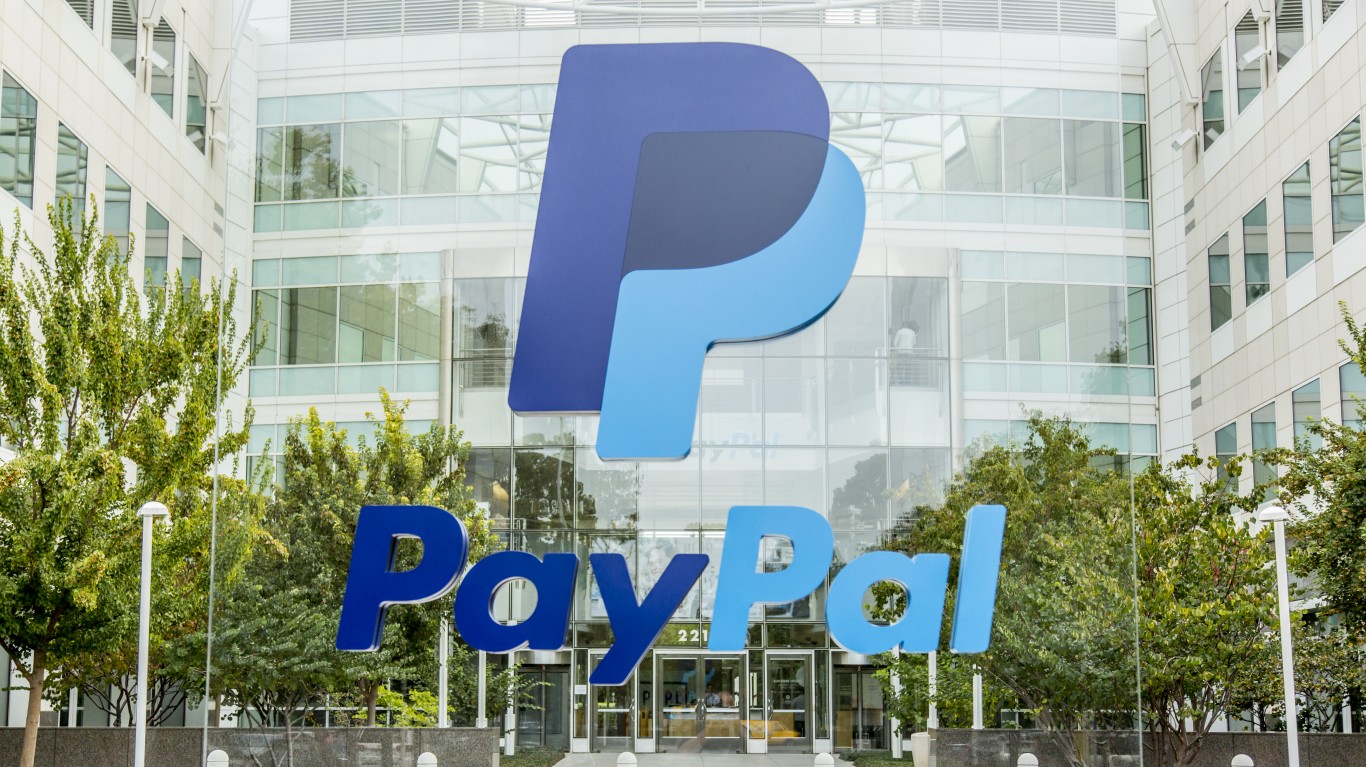The market already has rewarded Google Inc.’s (NASDAQ: GOOG) third-quarter earnings by lifting its shares to nearly $1,000, which is an all-time high. Investors were impressed by the improvement in Google advertising but worried about weak revenue on mobile devices. Beyond those things, Google’s growth rate was only 12%. Moving forward, that may not be enough for investors.
Google’s revenue reached $14.89 billion and net income hit $2.97 billion, up 36%. What gave many investors pause was:
Paid Clicks — Aggregate paid clicks, which include clicks related to ads served on Google sites and the sites of our Network members, increased approximately 26% over the third quarter of 2012 and increased approximately 8% over the second quarter of 2013.
Cost-Per-Click — Average cost-per-click, which includes clicks related to ads served on Google sites and the sites of our Network members, decreased approximately 8% over the third quarter of 2012 and decreased approximately 4% over the second quarter of 2013.
The drop in ad rates on mobile devices has been a concern for online businesses as diverse as Yahoo! Inc. (NASDAQ: YHOO) and Facebook Inc. (NASDAQ: FB). There is no evidence that the migration of Web users to portable devices will do anything other than continue to damage ad prices.
Regardless of the reasons behind Google’s growth, the fact of the matter is that the improvement, at 12%, is only ordinary. The new generation of Web properties like Facebook and Twitter are expanding much faster, although their revenues are not nearly as large as Google’s. And Facebook can boast that it has a huge percentage of the overall online display market, against Google’s dominance in search adverting. Wall Street has worried about the erosion of ad rates among display ads. With Google’s third-quarter results, that has moved to the search market.
Google’s growth rate has nowhere to go but down. It must accelerate its move to smartphones and tablets, because that is where the consumer has migrated. Access to that consumer does not command a premium for marketers. A 12% expansion is no better than that of some old tech companies, or even automotive manufacturers — not sufficient to impress investors in the future.
“The Next NVIDIA” Could Change Your Life
If you missed out on NVIDIA’s historic run, your chance to see life-changing profits from AI isn’t over.
The 24/7 Wall Street Analyst who first called NVIDIA’s AI-fueled rise in 2009 just published a brand-new research report named “The Next NVIDIA.”
Click here to download your FREE copy.
Thank you for reading! Have some feedback for us?
Contact the 24/7 Wall St. editorial team.



